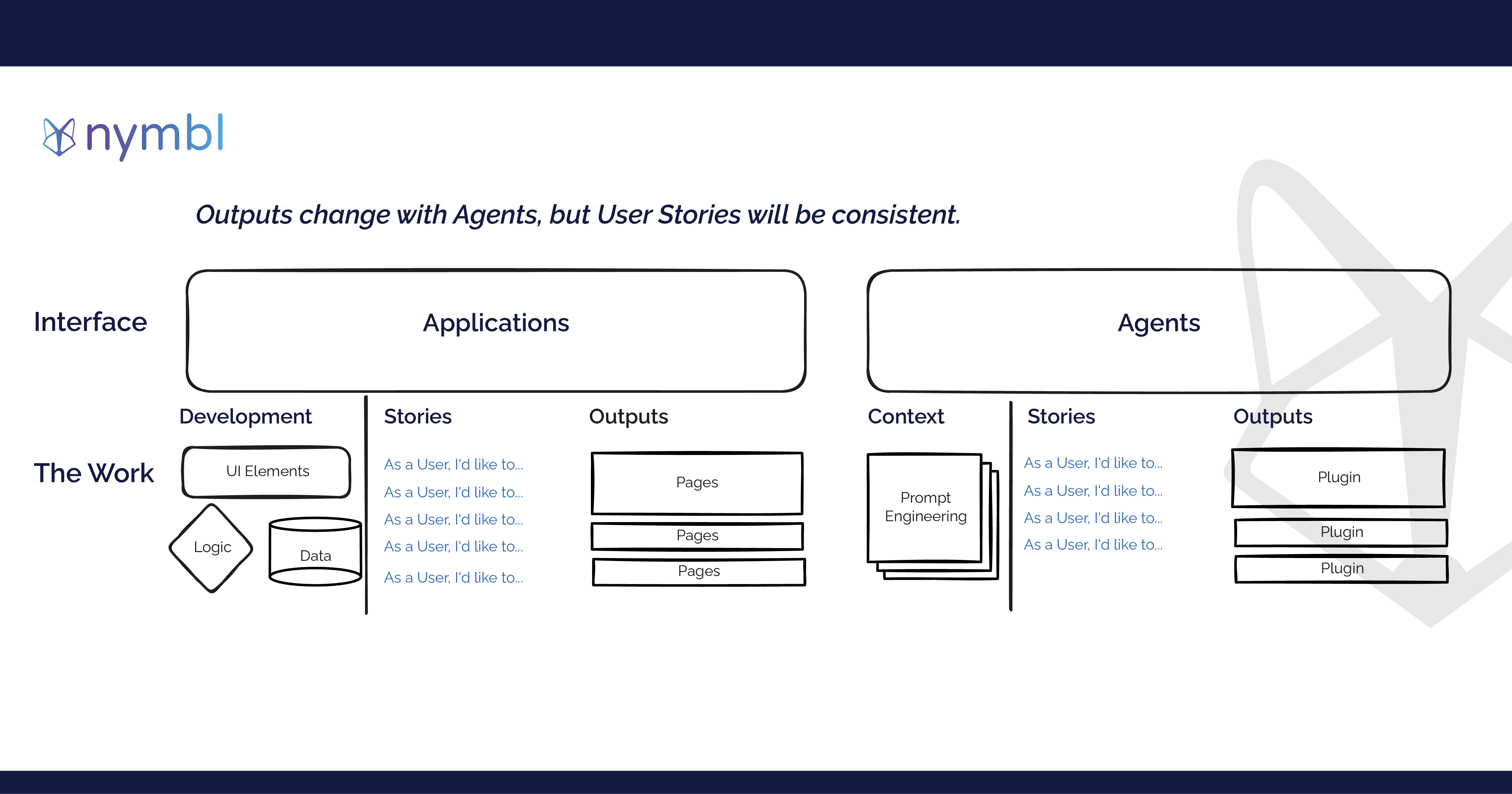Mendix is a powerful low-code platform for building enterprise-grade applications. When designing an application in Mendix, one of the most critical decisions you'll make is how to structure your data model. The data model is the backbone of your application, and it determines how your data will be stored, retrieved, and manipulated. In this blog, we'll discuss the best practices and tips for structuring your data model in Mendix.
Understand your data
Before you start creating your data model, you must have a thorough understanding of your data. This means identifying all the entities and their attributes, relationships, and business rules. This understanding will help you design a data model that is efficient, scalable, and easy to maintain.
Start with a conceptual data model
The conceptual data model is a high-level representation of your data that shows the entities, their attributes, and their relationships. It's the first step in designing your data model and helps you get a clear picture of your data. Start by creating a conceptual data model that identifies the key entities and their attributes.
Normalize your data
Normalization is the process of organizing your data to minimize redundancy and improve data integrity. In Mendix, you can normalize your data by creating separate entities for related data and establishing relationships between them. Normalizing your data makes it easier to maintain and update, and it ensures that your data is consistent.
Use inheritance
Inheritance is a powerful feature in Mendix that allows you to create a base entity and derive other entities from it. This is useful when you have entities that share common attributes or behavior. By using inheritance, you can avoid duplicating code and reduce the amount of maintenance required.
Avoid circular dependencies
Circular dependencies occur when two or more entities have a relationship that depends on each other. This can create a loop that makes it impossible to retrieve data from the database. To avoid circular dependencies, ensure that your entities have a clear hierarchy, and avoid creating relationships that go in both directions.
Use indexes
Indexes are used to improve the performance of your database queries by allowing the database to find data more quickly. In Mendix, you can create indexes on attributes that are frequently used in queries. This can significantly improve the performance of your application, especially when working with large amounts of data.
Use microflows
Microflows are a powerful feature in Mendix that allows you to automate business processes and manipulate data. When designing your data model, consider using microflows to enforce business rules and perform complex data manipulations.
In conclusion, designing a data model in Mendix requires careful consideration and planning. By following these best practices and tips, you can create a data model that is efficient, scalable, and easy to maintain. Remember to start with a conceptual data model, normalize your data, use inheritance, avoid circular dependencies, use indexes, and consider using microflows. With these tips, you'll be able to create a robust data model that can support your application's needs.
Services:
Enterprise Mobile App Development
Enterprise Web App Development









